Meeting with David Schmerler at the James Martin Center for Nonproliferation Studies
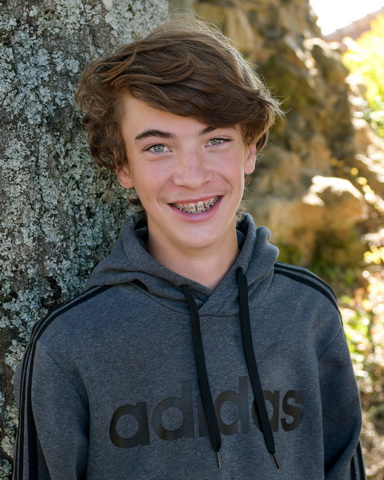
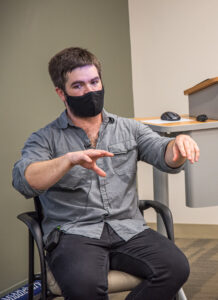
Today we traveled to the James Martin Center for Nonproliferation Studies (CNS) and interviewed Dave Schmerler, a Senior Research Associate. CNS is a non-government organization dedicated to the prevention of nuclear proliferation and war, and Dave deals specifically with North Korean intelligence. As a geolocationist, he looks closely at North Korean media and tries to gather information such as the location of nuclear testing sites and the level of advancement of their nuclear technology.
He began our talk with a short slide show and then took our prepared questions. One answer that was surprising to me was when he told us that CNS’s technology is miles behind whatever the federal government uses, and that his job is more about educating the public and providing meaningful analysis. He told us that any threats requiring immediate action are seen first by the government, and that CNS does not play a role in gathering intelligence or in any response to what the government finds. He showcased the software that he uses to detect photoshopping in official photos by countries like North Korea and Iran. The software just detects heat, so if a photo shows a rocket propulsion flame without heat waves, he knows that the photo is probably fake, and that the rocket probably did not launch.
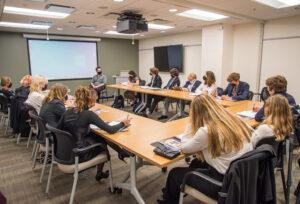
The interview was very unique, because Dave is closer to our age than are the other interviewees so far, and we were therefore able to talk to him more informally. Our interview felt like a conversation, and at the end of our planned questions we were able to come up with at least fifteen more questions off the top of our heads—something that had not happened in the other interviews.
The most interesting thing he talked about was his process of determining where a North Korean testing site is located based on nothing more than a picture of a Korean building with some missile smoke in it. With an entire country to search, it’s amazing that he is able to do this. We learned—much to his embarrassment—that an old nickname of his is “Geolocation Jesus.”
At the end of the interview, he let us use his VR headset to look at a 3D model he created of a North Korean nuclear weapons lab. This interview was my favorite so far because of how he piqued our interest and allowed us to interact so informally with him. This informality encouraged us to ask the questions we were genuinely interested in asking. He is clearly very smart, and I was impressed both with his ability and the way he answered our questions.
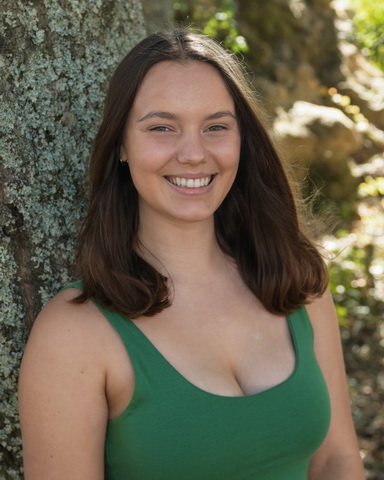
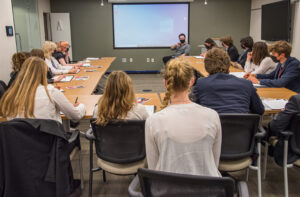
Today was an incredible experience for me. Our interview with Dave Schmerler not only fascinated me, but it was so stimulating that I asked more questions in this one interview than I’ve asked over the course of this trip so far. Schmerler is young yet incredibly well-educated in his field, and there was so much to talk about that I could have asked him questions for hours on end.
Dave Schmerler specializes in terrorism studies, and his primary tool for investigation is open-source geolocation technology. He uses resources such as satellite images, image tracing, and even social media to determine what is in photos and when they were taken. He uses the information from these photos to monitor nuclear weapon sites in North Korea and Iran.
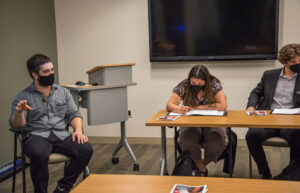
Dave explained geolocation to us, and I was genuinely amazed at how he utilizes it. He uses pictures from weapon launching sites to determine where those launching sites are, even though almost all of the official photos of those sites are blurred in order to keep the locations secret. He uncovers state secrets using the information from photos! Talking to him and hearing about how he narrows down the location of one photo from almost nothing—often only knowing what country it was taken in—was mind-blowing (get it?).
This interview was unique because of how young Schmerler is. It’s inspirational to see someone who is not only passionate about what he’s doing but incorporating what he loves into his job. Dave has a fascination with video games and virtual reality, and he uses those resources to further his work. He uses 3D virtual models to make displays of the bases he’s found in North Korea, and he has even used Minecraft to make his work more accessible to the general public. It was very satisfying to ask such an intellectual any question that popped into my head. I am grateful for the opportunity to talk to him, and I hope that younger Mount Madonna students can interview him and enjoy the same unforgettable experience that I had today.
You must be logged in to post a comment.